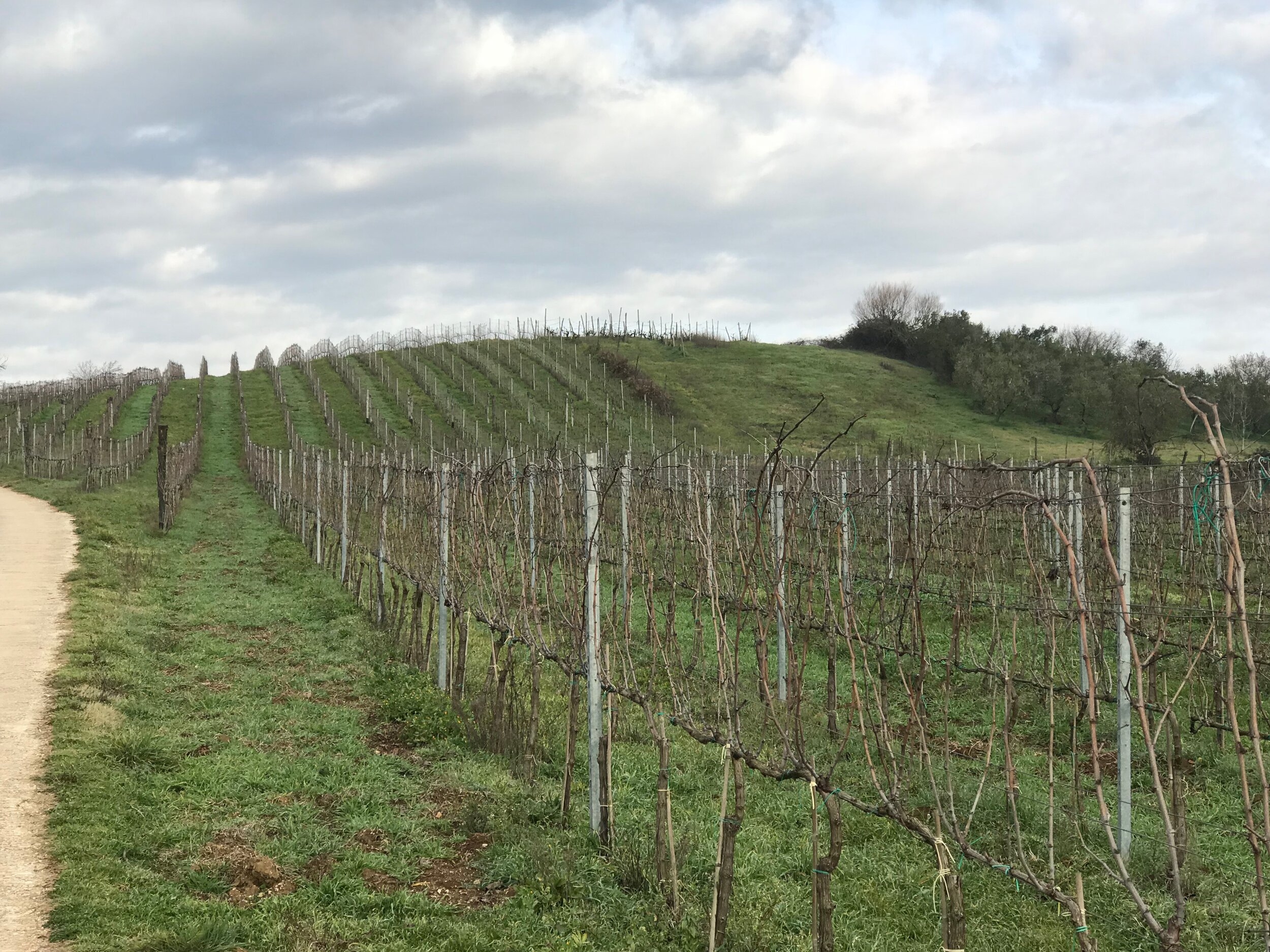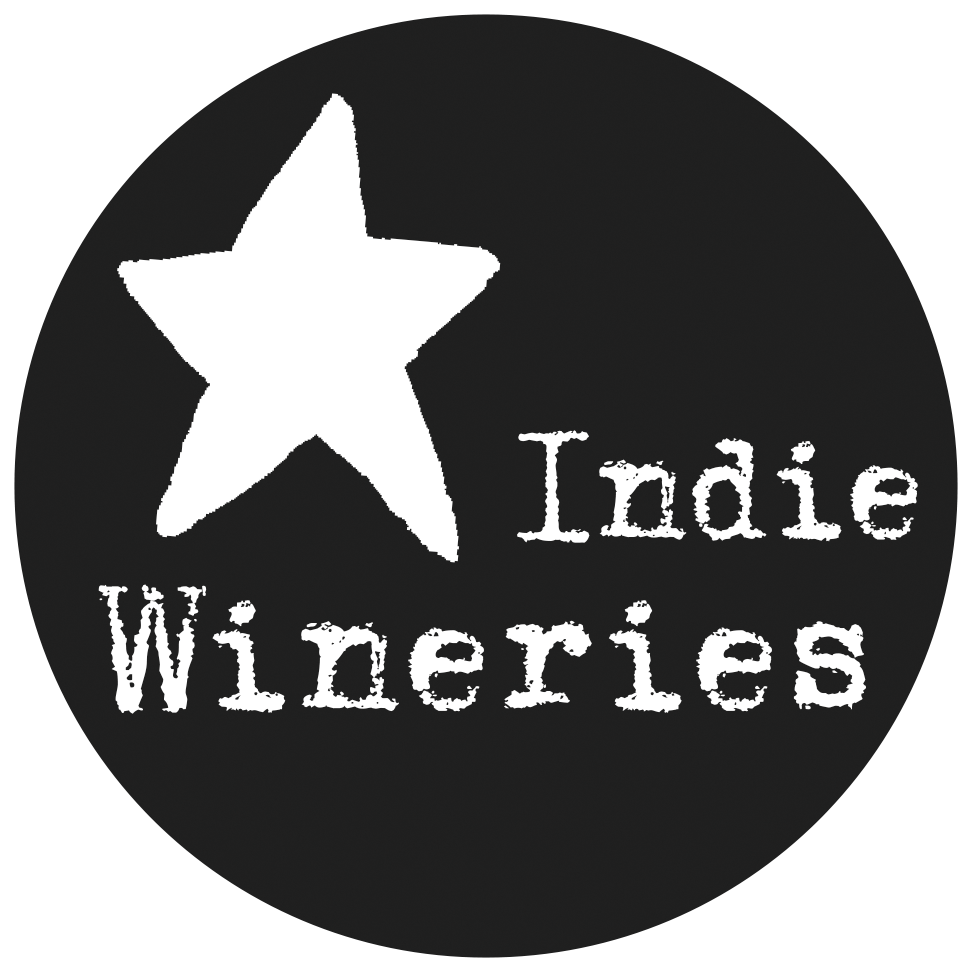Alberto Giacobbe
Who: Alberto Giacobbe
Where: Paliano (Frosinone), Lazio, Italy
What: Passerina del Frusinate IGP, Cesanese di Olevano Romano DOC, Cesanese del Piglio Superiore Riserva DOCG
Total size: SMALL
The Wines
Passerina del Frusinate IGP “Duchessa” 2021, 2022
Passerina del Frusinate IGP “Nena” 2019, 2020
Cesanese di Olevano Romano Superiore DOC “Giacobbe” 2021, 2022
Cesanese del Piglio Superiore Riserva DOCG “Lepanto” 2020
How does a grape, a region, arrive into importance?
Look up Passerina del Frusinate from Lazio, for example. There's not much there. The web carries a handful of links demonstrating its birthplace as the Marche. It delivers the grape's pseudonyms: "Pagadebito Gentile", "Campolese" and "Uva Passera". There are websites that talk about it being high toned and high acid on the Adriatic, and richer and producing a more developed wine in Lazio. All in all, the summary is that Passerina is just another white grape in an ocean of heirloom Italian white grapes. There are comments about its potential, but little more..
So why talk about Passerina? Why talk about Lazio?
Well, in 2006 Emidio Pepe was relatively un-heard of, and those few who did know the wines scoffed at the $26 wholesale pricepoints for the 1998 Montepulciano. In 2010 no one really cared about Etna. Nobody made getting allocations of the Etna cru villages part of their annual buying plan. And in 2012 nobody thought that Verdicchio was worth its salt enough to buy Verdicchio that was aged for 10 years; (we used to sample the 2001 Il San Lorenzo Bianco back then). These examples suit to point out that just when we all feel there is nothing new to discover in wine, we are constantly proven wrong. These discoveries can come from anywhere.
Which asks the question, how does a wine and a region evolve?
They have to leave first.
These wine births are often quite fascinating. When we finally stumble upon these new wines and new regions, we often ask: How is it possible that no one discovered these wines before? How have these wines and/or regions been over-looked for all of these years? Often the answer is simply a smile as we shake our heads. The answer though is that often the wines simply were not good.
Many of these now 'hot' regions were formally making fairly boring wines. It was easy to over-look them. But, then something happened. Typically, a younger child, one who has grown up at a winery and who has reverence for their time there, grows up and leaves.
They travel. They see the world and the world of wine. They see a higher level of quality, and they see the foundations, principles, and the work needed to execute that quality. Then they come home. While that sounds dramatic, sometimes the travel can be local- to a nearby city. Sometimes, it can be travel at their table, where they are exposed to wines and new perspectives simply over tasting discoveries in their own kitchens. However travel is defined, they leave the historical paradigm of the region and have their mind opened up to a new vision of what their wines could be.
Lazio
...is the next "It" region. It has all of the foundations and raw materials needed. It starts with its geography- placed right next to the cultural center of all of Italy- Rome. With this location, it has the next foundation which is a very long and storied wine production history. It has terroir- the lower Apennines, a volcanic bed rock, and winds from the Tyrrhenian Sea. And it has old vines of heirloom grape varieties. A good birthing needs these of foundations.
Once the child returns- now open minded, educated, and ready to re-examine their wine's potential- they typically look for a few things on their estate, the first of which is old vines. Then they start making choices for quality. Typically this starts with a move toward organic farming.
In Lazio, Alberto Giacobbe is a great example of all of this. He is not alone.
Alberto was an accountant. He spent time his professional time in Rome. His family has had their winery for generations. They would grow the local varieties and sell their fruit to co-ops. It was a business and it worked, and then Alberto came home.
The birthing started with the vineyards and converting the farming to non-certified organic. It then evolved to making distinct wines from their older vines. This led to more evolved cellar work. For their white wines made from passerina, this meant a slower approach to the fermentation and elevage. As their work evolved, this slower approach eventually evolved to a second Passerina bottling done very slowly with extended skin contact. Similar quality work has also been done with his Cesanese, and before our eyes we are watching the birth of a region and a producer.






